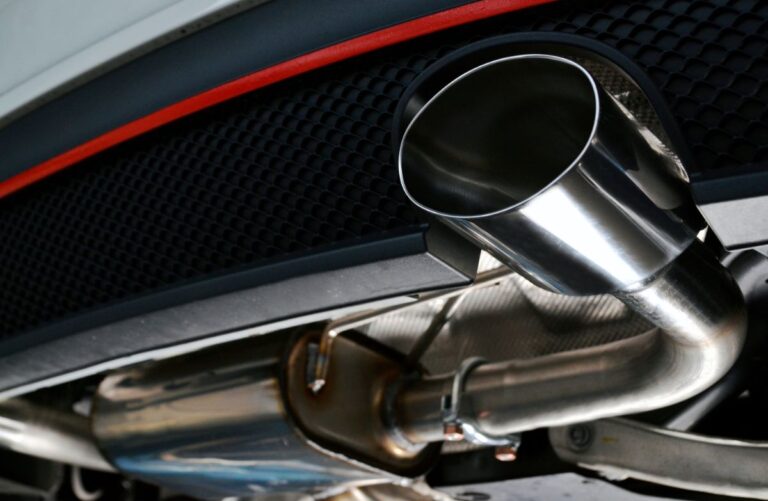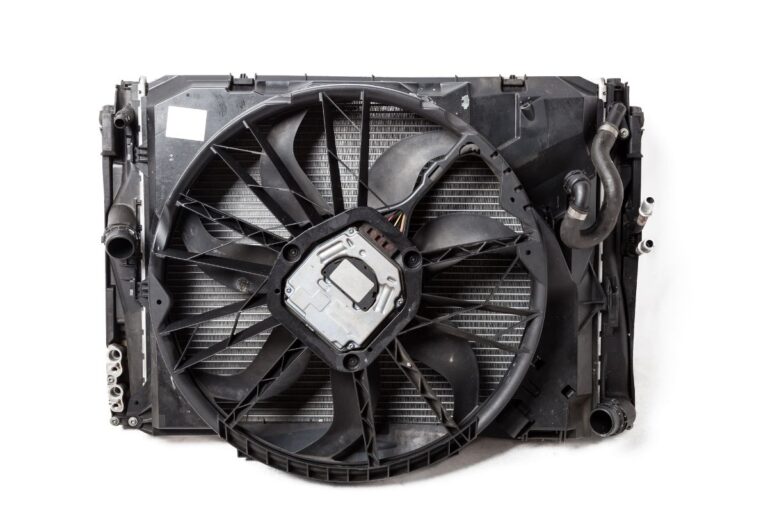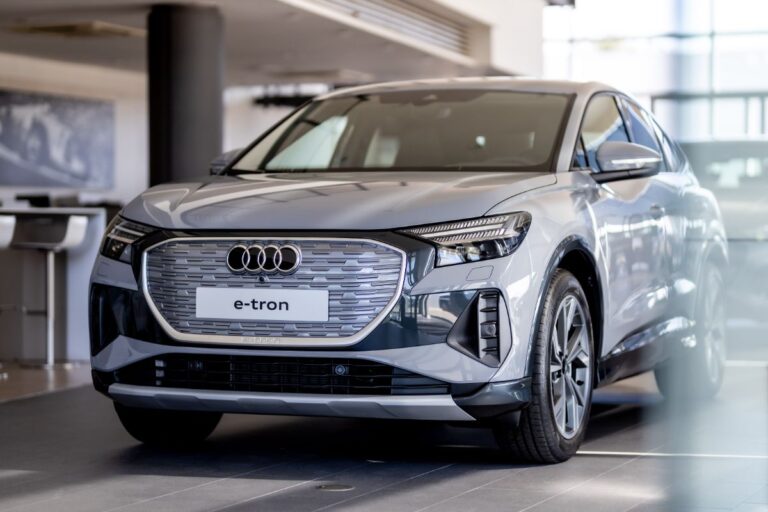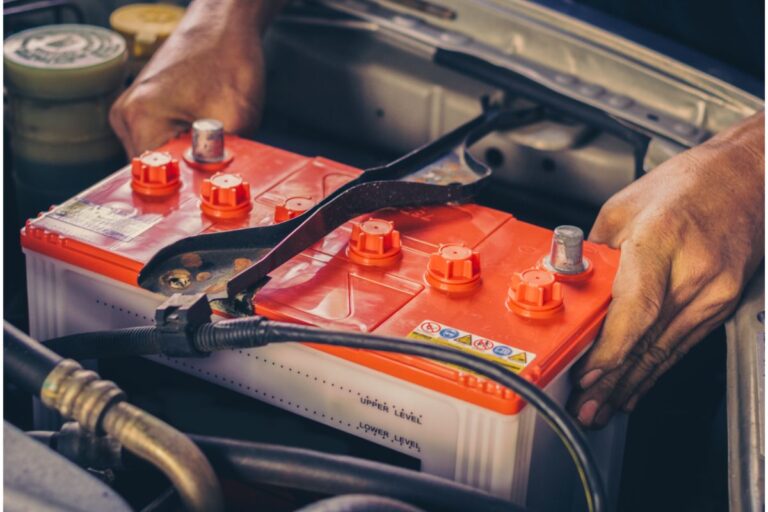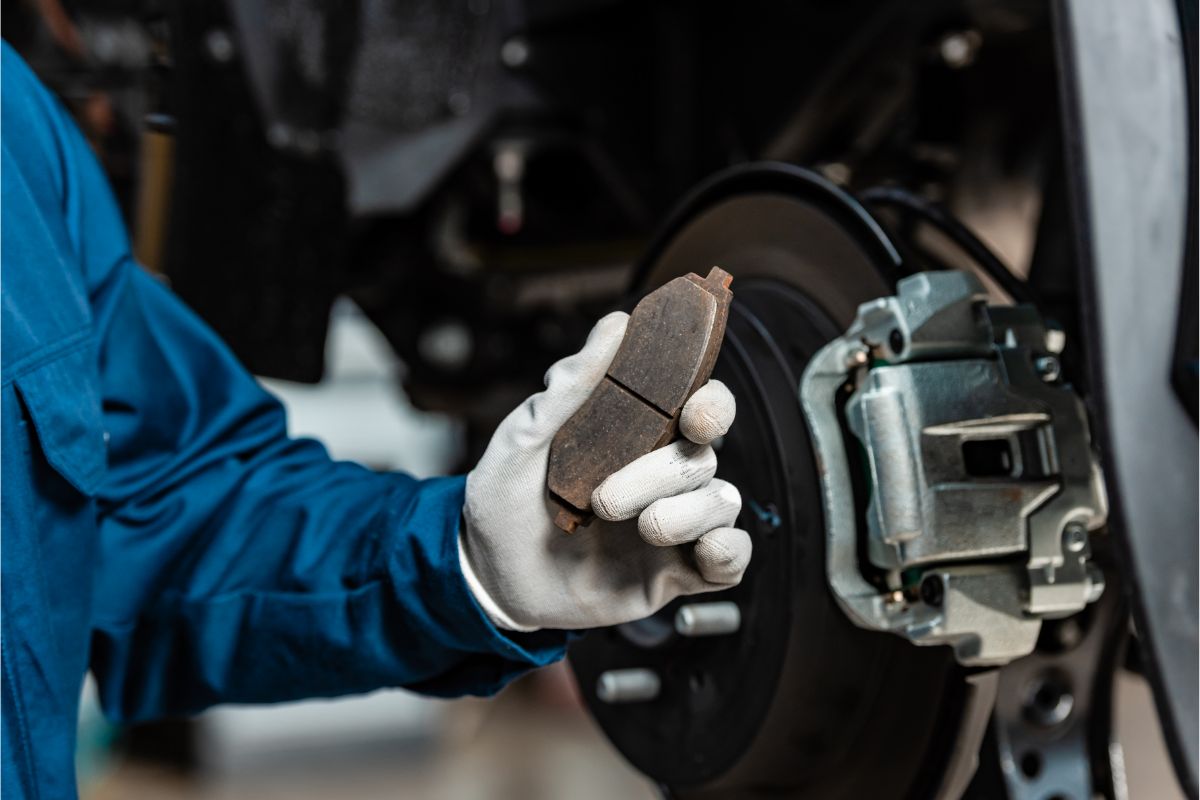
I have quite a bit to learn yet when it comes to electric vehicles. I didn’t know if EVs did have brake pads until now, and the answer is yes, they do have them. The fact that they run on battery power instead of petro gas doesn’t change that.
Related: Do EVs Have Axles | Do EVs Have a 12v Battery?
How do EV brakes work?
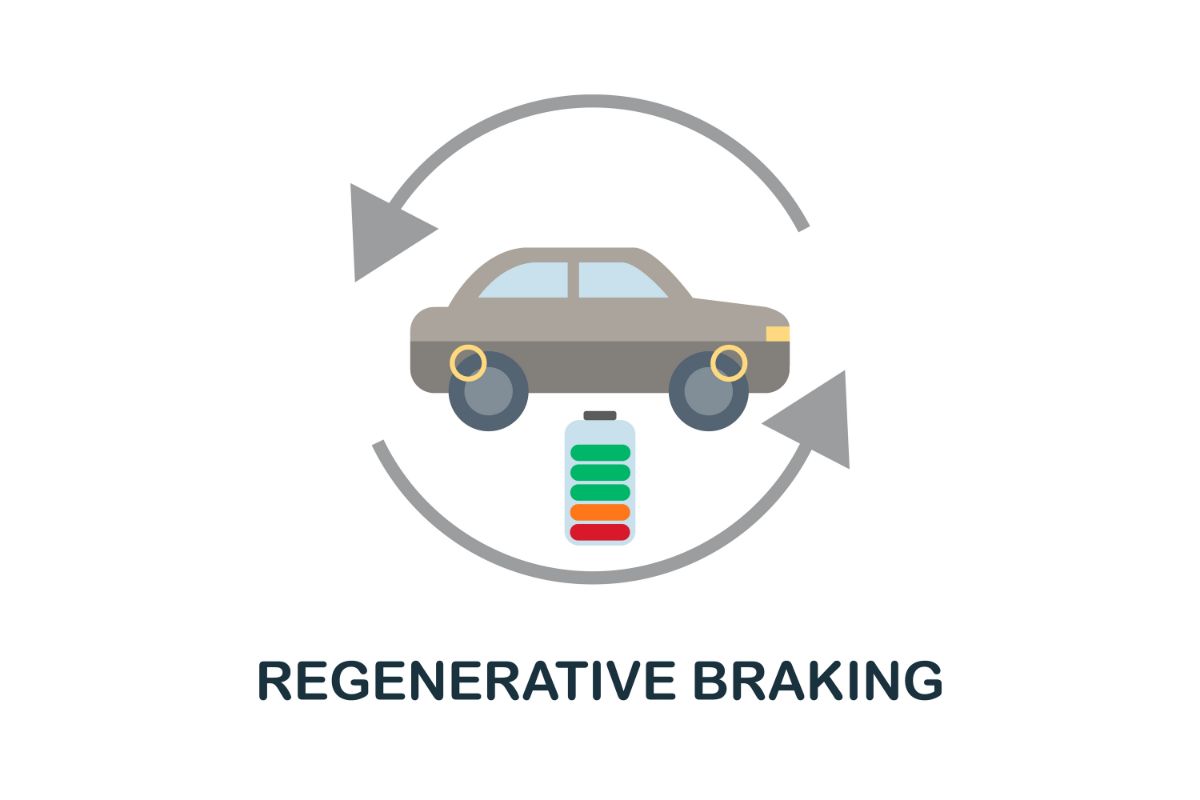
EVs stop using a regenerative braking system, which involves a kinetic energy conversion. In this case, the energy can be either stored or wasted as heat.
Regenerative braking for EVs harnesses the heat that otherwise would be wasted. Then, it converts it into power that can charge the battery.
Electric vehicles, particularly the hybrids, still have a hydraulic braking system. This activates if the regenerative braking system fails for some unknown reason.
Do EVs use different brakes than gas vehicles?
“So what’s different about the brakes in your EV? In the basic part of the system, almost nothing,” says the AutoGuide.com staff.
Most every feature of EV brakes functions like it would in a gas-powered vehicle.One primary difference is that most EV brakes have now come galvanized. This prevents corrosion, which seems to hit electric cars faster than gas ones.
Were galvanized brake pages made for EVs?

It seems that galvanized brakes are made with EVs in mind. That’s because of the way EV motors can help stop a car, so brakes are used less frequently. In turn, this causes a reduction in heat produced and increases moisture buildup.
The reaction of your EV braking system to not being used often can make them rust. If any vehicle should have galvanized brakes, it probably should be your EV.
This doesn’t mean that galvanized brakes couldn’t benefit a gas-powered vehicle. They just might not make them for your make and model, unless you have an electric-gas hybrid.
You never know what will happen anyway. Maybe someday gas vehicles will become obsolete. For that reason, it’s probably good that you’re looking into how EVs are run. They may be what’s only offered in the future.
How do you choose the right EV brake pads?
I might sound like a broken record right now when I say that I think galvanized brakes are the best for EVs. Do you understand why though? It’s because EV brake pads won’t rust as easily if having gone through the galvanization process before they’re made and sent to you.
On the contrary, if you ever had ceramic brakes, you know that they sometimes crack easily. That’s part of the reason they’re not recommended for extreme temperature changes, especially hot to cold. If you live in a fluctuating climate, you probably want the galvanized instead of the ceramic brake pads.
No matter what materials you choose for your brake pads, however, remember to match them with the make, model, and year of your car.
There are a few exceptions to this, and one of those is if you have checked the specifications and know 100% sure they fit. You also can acquire OEM brake pages, which means they’re made from an original equipment manufacturer that produces them for several brands. These usually cost less than what a dealer may provide through their service center.
How do you tell it’s time to change EV brakes?
They have similar symptoms as gas-powered vehicle brakes. They might scrape or squeal. It’s best to fix them as soon as possible, before you hear the squeal. If at any time they sound different, have them checked unless you know how to do it yourself.
Do EV brakes wear out fast?
The lifespan of EV brakes depends on your driving frequency. They could last twice as long, but you also have to use them only when you need to.
If you do step on the pedal out of a nervous desire to stop in time, try decelerating at a longer distance away from the stop sign instead. Avoid hard braking whenever you possibly can too.
If you take good care of your EV brakes, you may not have to change them until after 100,000 miles. Don’t be too hard on yourself if you have to swap them with new pads sooner than you expected. So many factors affect how often you need to replace them, such as natural disasters, accidents, road conditions, etc.
Can you change your own EV brake pads?
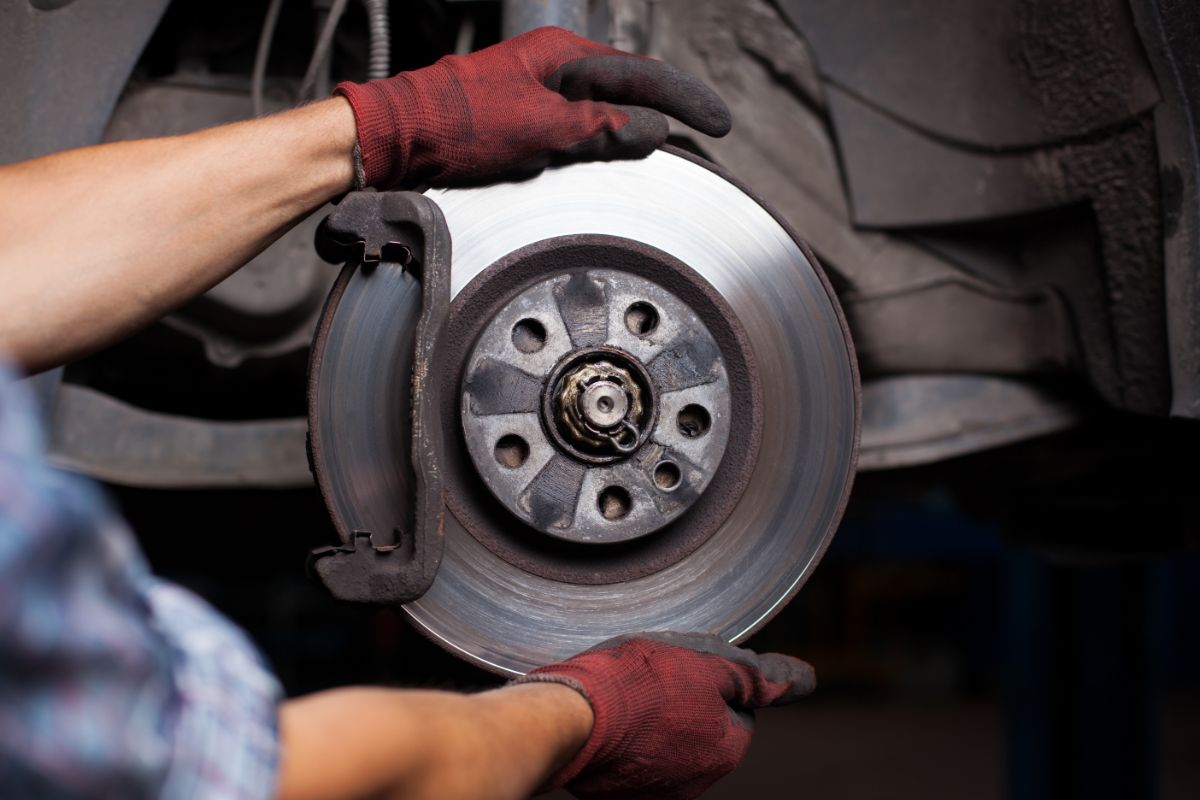
You can, but do you really want to? If so, make sure you understand what type of braking caliper system your car has. Fixed and sliding are the two most popular ones, so find out before you attempt this job.
Not counting the initial wheel parts removal, the actual brake pad changing doesn’t take long. Simply slide out the old and put in the new.
If you feel brave enough to change your EV brake pads, you may at least want to consult this Edmunds EV brake pad changing guide. The job itself doesn’t require that many tools though – usually just a jack, lug nut wrench and a wrench for the caliper bolt.

